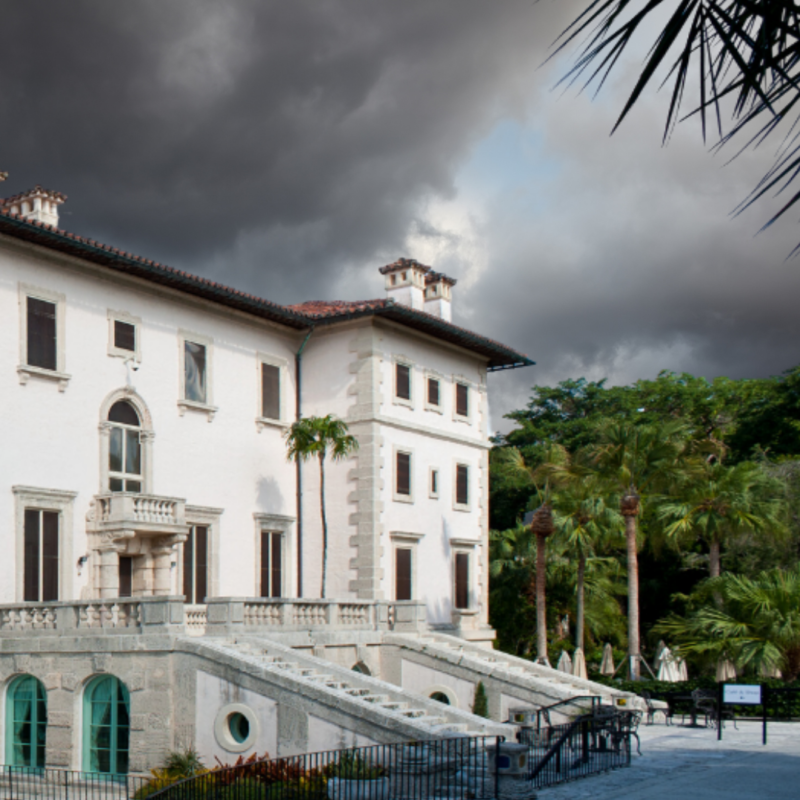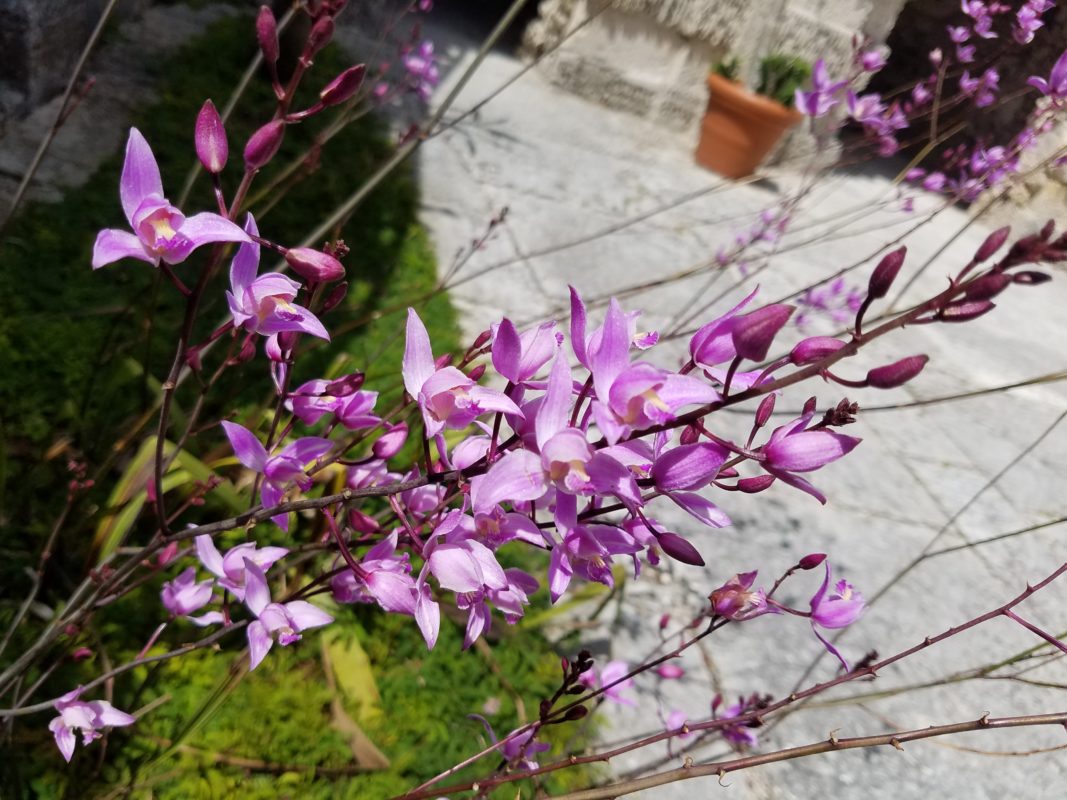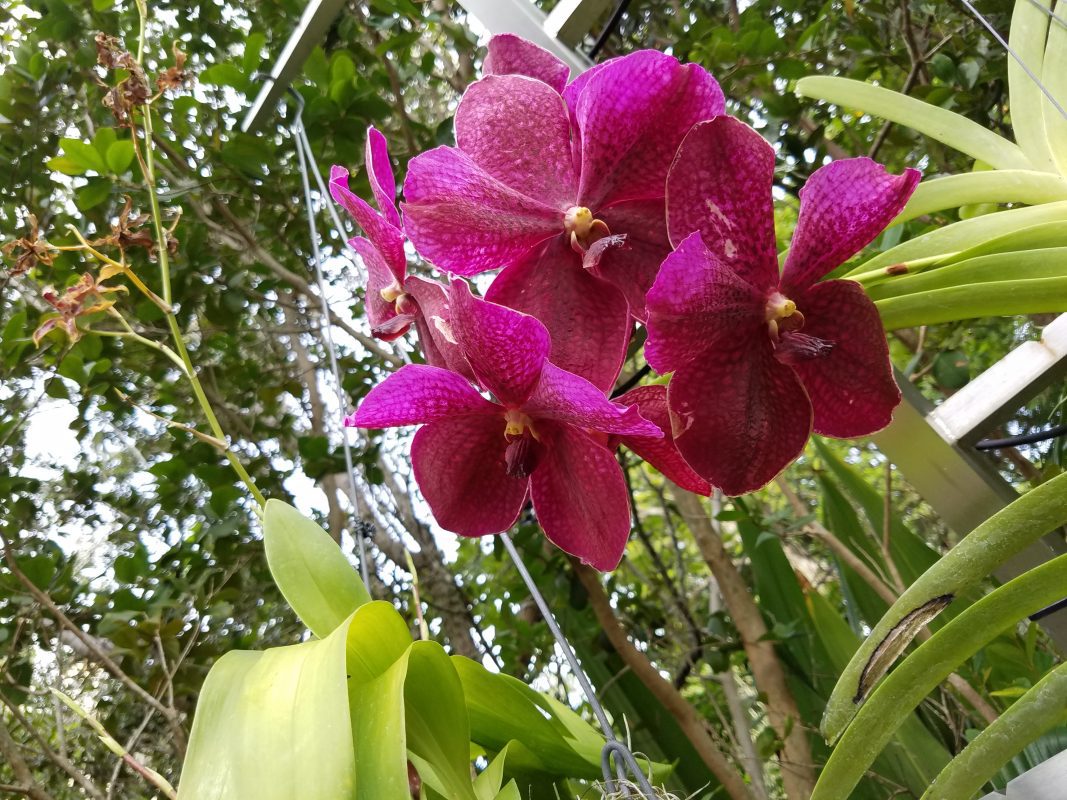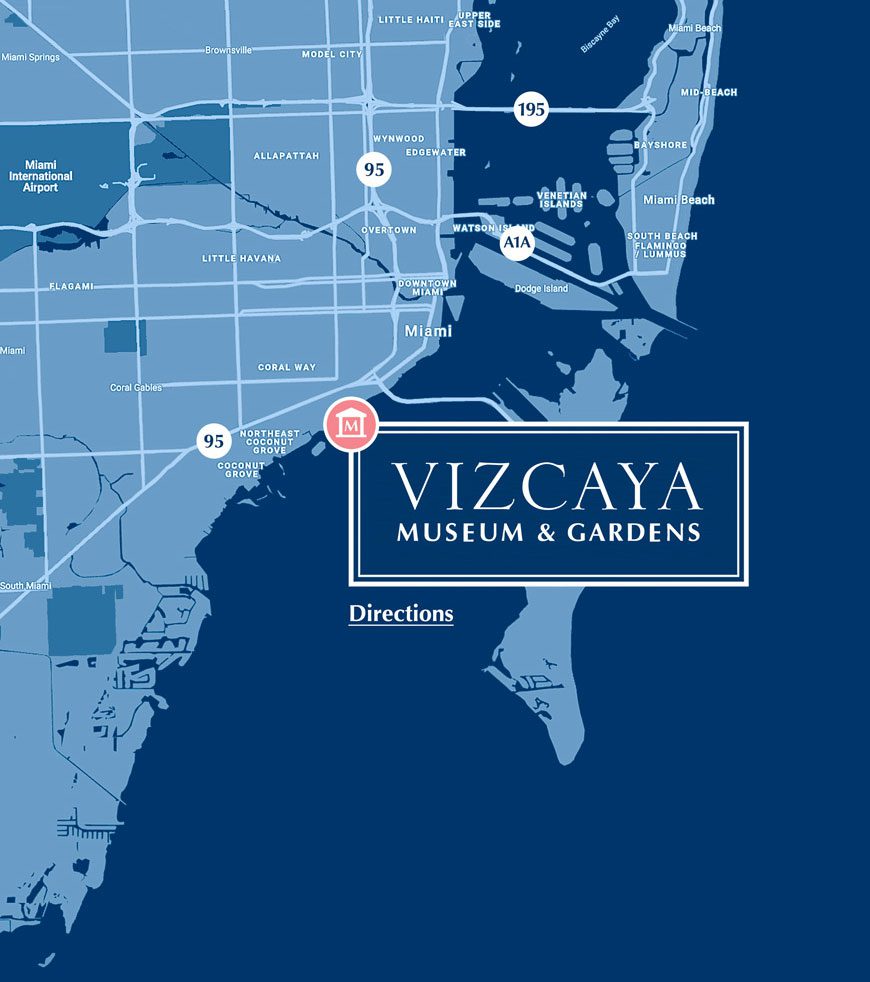Genetic diversity in public gardens
Vizcaya Museum and Gardens is the proud home of Jatropha and Staghorn Fern collections that have been accredited and accepted into the Plant Collections Network, an American Public Gardens Association initiative that recognizes the importance of the genetic diversity of plant collections held by botanic gardens in North America.
This certification signifies that these two collections contribute greatly to the genetic diversity of public gardens nationwide. More than just beautiful and peaceful places, botanic gardens are growing in significance as repositories of the botanic wonders the earth holds.
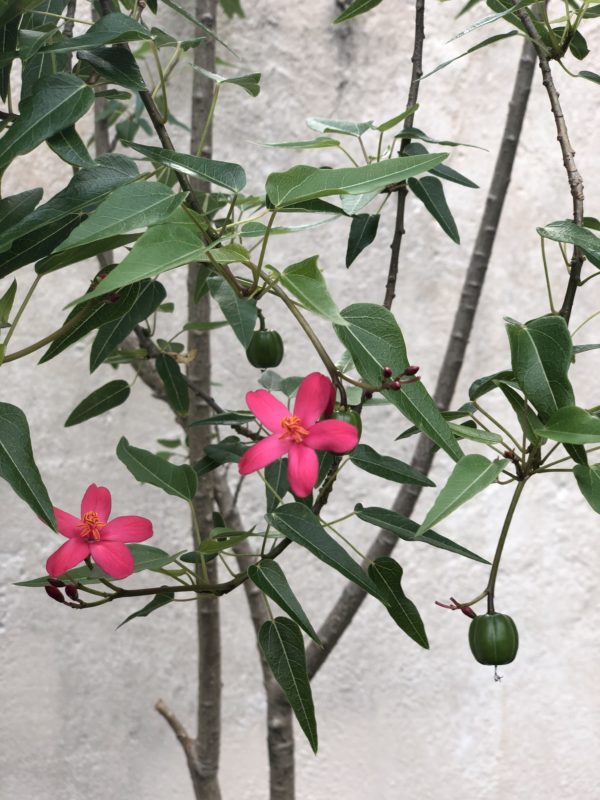
Among gardens, Vizcaya is unique for its geographic and climatological location. “There aren’t many public gardens in North America that are in the tropics,” said Ian Simpkins, Vizcaya’s Deputy Director of Horticulture. “Very few gardens can collect a wide variety of tropical plants like we can do at Vizcaya.” These were some of the key factors in selecting these specific plants for the museum’s first set of formal plant collections.
Not only are these the only reference collections of their kind in North America, but Vizcaya is also the only institution on the continent with registered and accredited collections of these plants.
THE COLLECTIONS
STAGHORN FERN (PLATYCERIUM)
The Staghorn Fern genus is a group of 19 fern species native to tropical climates, which means most of them thrive in South Florida. They have a wild appearance and get their common name from one of their two leaves, which resembles the horns of large herbivores, like elks and antelopes.

Many of Vizcaya’s specimens were nursery grown. This is because material found in the wild is hard to come by and few gardens have similar collections. “We felt it was important to have a good taxonomic representation of this genus,” said Simpkins. “That way, if someone wants to study these plants, they can come here and do so knowing that we have a wide variety and that our plants are correctly identified.”
JATROPHA
Jatropha, which doesn’t exactly have a common name, is particularly interesting. A lot of them have medicinal properties and ethnobotanical characteristics. Some are also used for biodiesel and there are others that are used as fish or livestock food.
Given Vizcaya’s focus on urban agriculture, urban farming, and ethnobotanical uses, this plant was a natural fit to develop into a dedicated collection.
The Jatropha are made up of two groups. One is “Old World,” which grows in Southern Asia and Africa, and the other is the “New World” version that grows in the Americas. “It’s a really large group of plants and the bulk of what we have is from the New World — Central and South America – and a couple of species from the American Southwest,” said Simpkins. “So we decided to focus on collecting those plants.”
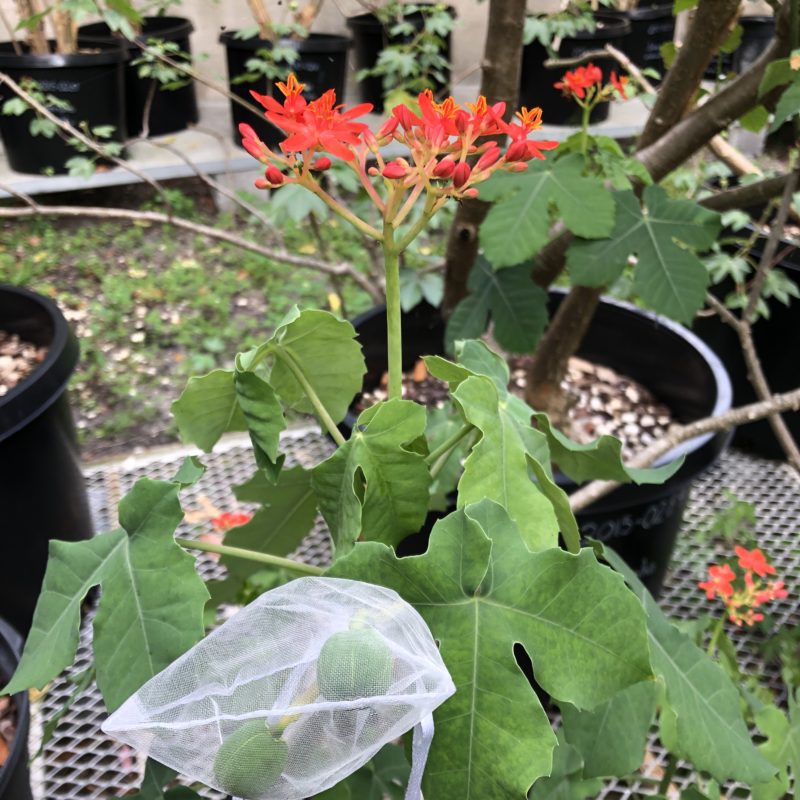
Almost all of the Jatropha plants at Vizcaya were collected in the wild. This is important for biodiversity and the conservation of their genetics. It also grants easier access to anyone wishing to study these plants without having to travel to Mexico, Nicaragua or the desert Southwest.
CARE & CONSERVATION
The collections are not difficult to maintain because Vizcaya offers a climate in which these plants grow quite well. Both plants need warm temperatures as they, are very frost sensitive, and they need both wet and dry periods. Miami’s climate fits all of those characteristics, so it’s relatively easy for us to keep these plants outdoors. You will see representatives of the staghorn ferns mounted throughout the gardens at Vizcaya, and a good sense of how large these plants actually get.
“We’ve had a number of Platycerium bifurcatum, which is the most common species of staghorn fern, donated to us over the years,” said Simpkins. “Some of these plants are three to five feet across and weigh several hundred pounds. We have these plants hanging in the trees in the main garden.” The rarest species are kept safely in Vizcaya’s nurseries under close supervision.

Plants also need to be protected from insects and disease as well as properly grown and fertilized. Although this means a significant amount of staff time and dedication, it is well worth it because of the importance of these collections to plant diversity and to the public garden field in North America.
DISCOVER MORE
The road to accreditation
Read about the accreditation process for the Plant Collections Network.



